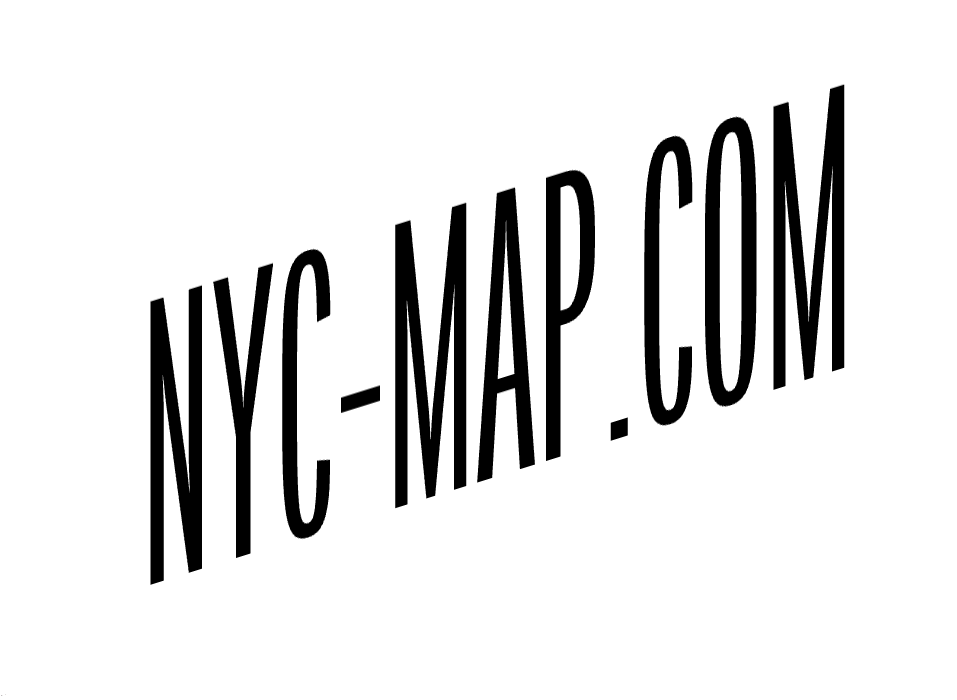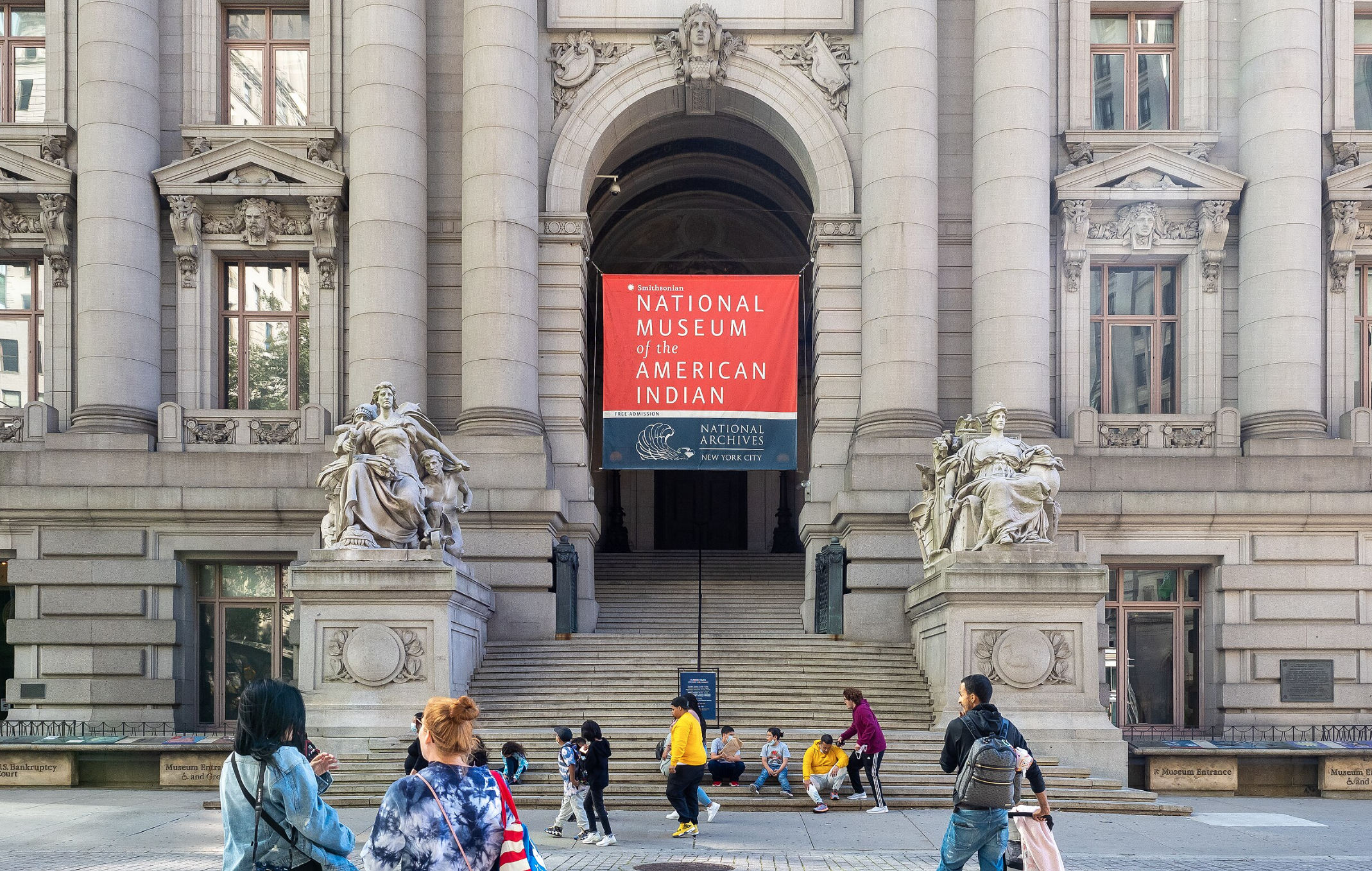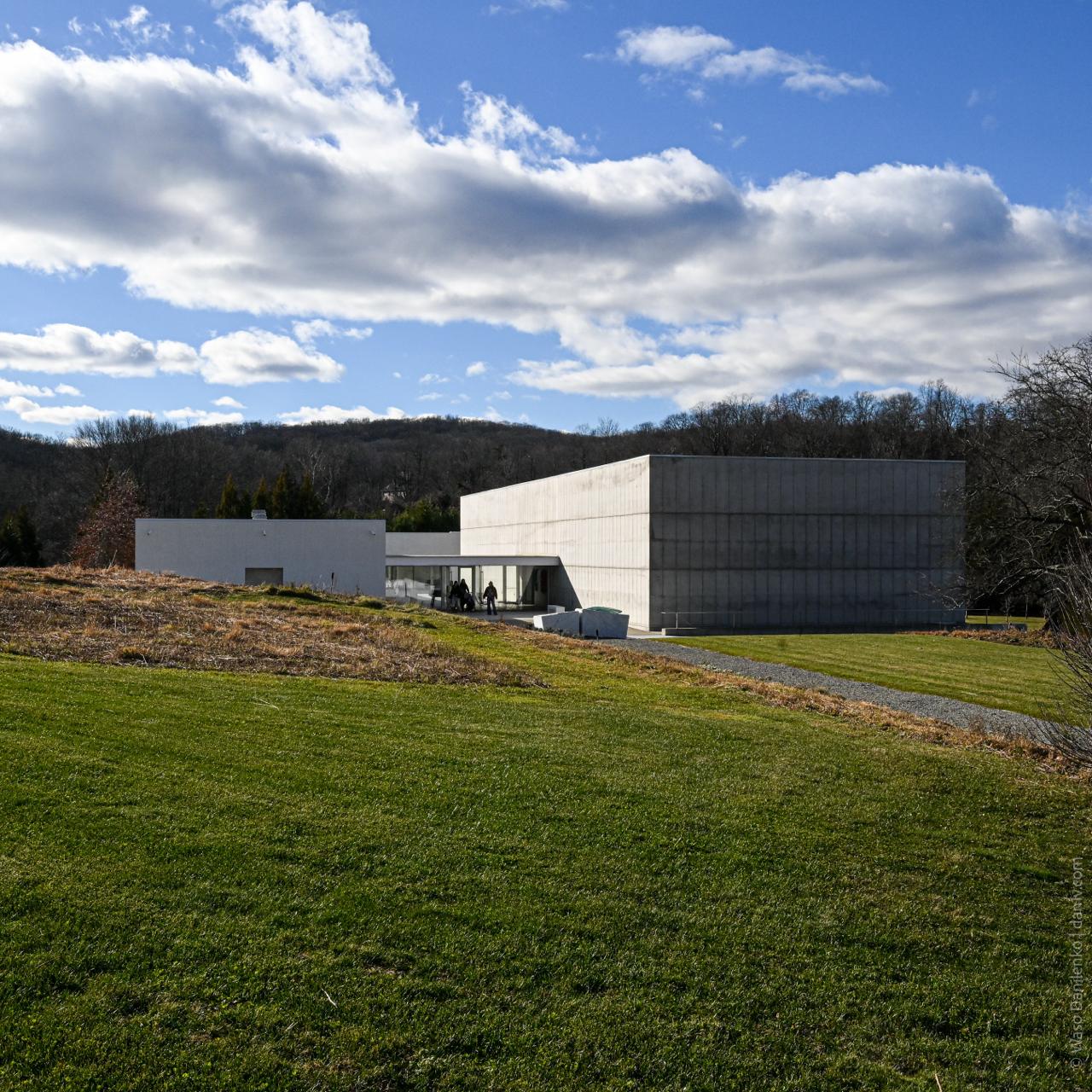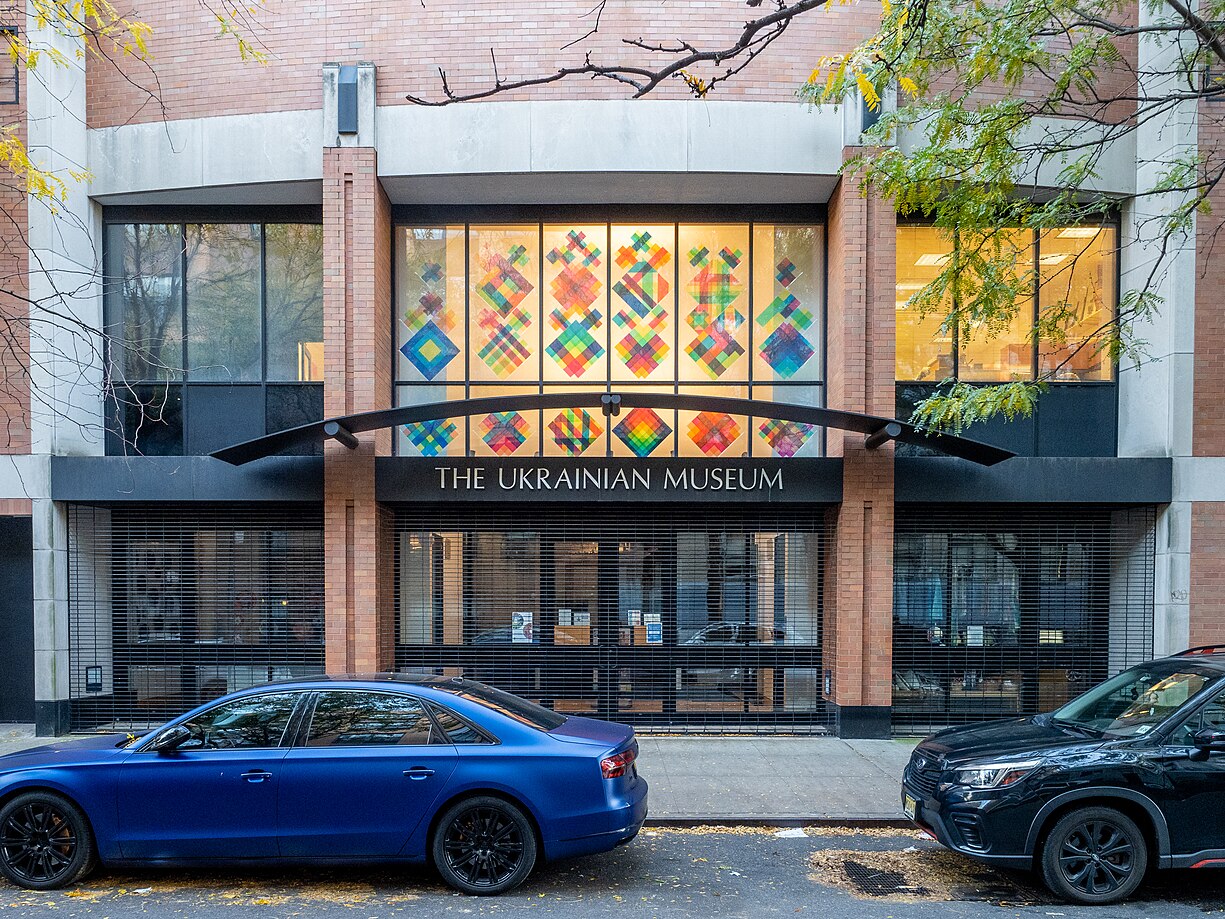The National Museum of the American Indian (NMAI) in New York tells the story of the history, culture, and art of the Indigenous peoples of the Americas through exhibitions, a permanent collection, and educational programs. Visitors can see traditional canoes, native costumes, everyday objects, striking ritual masks, and other vibrant installations. In the gift shop, it’s possible to purchase handmade items crafted in Native American reservations.
The museum is housed in the historic Alexander Hamilton U.S. Custom House, constructed between 1901 and 1907 — a Beaux-Arts architectural landmark located in Lower Manhattan.
History of the Museum
Wealthy financier George Gustav Heye began collecting Native American artifacts in the early 20th century. By 1916, his collection had grown large enough to form the foundation of what would become the National Museum of the American Indian. The museum opened to the public in 1922 in Upper Manhattan, near Broadway and 155th Street.
Heye devoted his life to acquiring cultural objects from Indigenous peoples across North, Central, and South America, creating one of the world’s largest and most significant collections.
Despite the richness of the collection, the museum faced challenges — including funding, logistics, and maintaining public interest. In 1989, the U.S. Congress passed legislation to establish the National Museum of the American Indian as part of the Smithsonian Institution.
After years of preparation, the George Gustav Heye Center opened in 1994 in the historic Alexander Hamilton U.S. Custom House at Bowling Green, Lower Manhattan. The Beaux-Arts building, designed by architect Cass Gilbert, became the perfect setting for exhibitions dedicated to Indigenous culture and art. Its location near the site where the first Europeans arrived in New York adds symbolic meaning to the space.
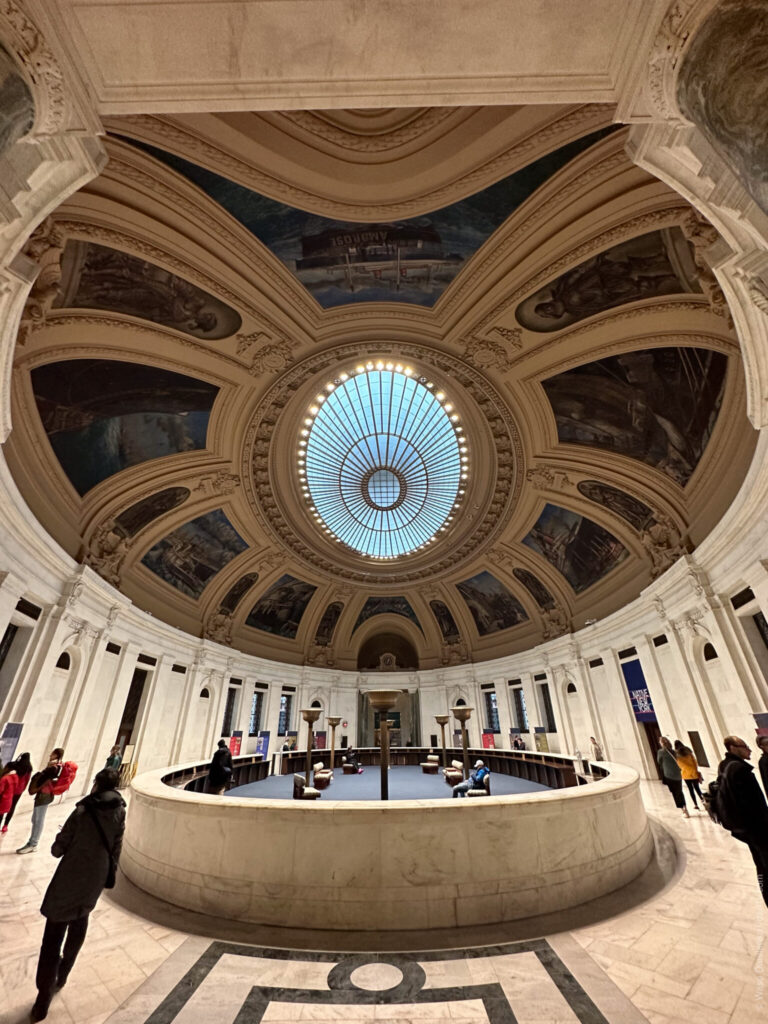
Collection
The museum’s collection includes over 800,000 objects from across the Americas, spanning more than 12,000 years of history.
Main Collection Categories:
- Material culture: weapons, clothing, masks, pottery, jewelry, textiles, boats, and household objects;
- Art: traditional carvings, paintings, sculptures, and works by contemporary Native artists;
- Photographs and documents: historical photos, archival materials, letters, maps;
- Multimedia: video interviews, recordings of rituals, digital projects;
- Sacred and ceremonial objects, including those subject to repatriation under federal programs.
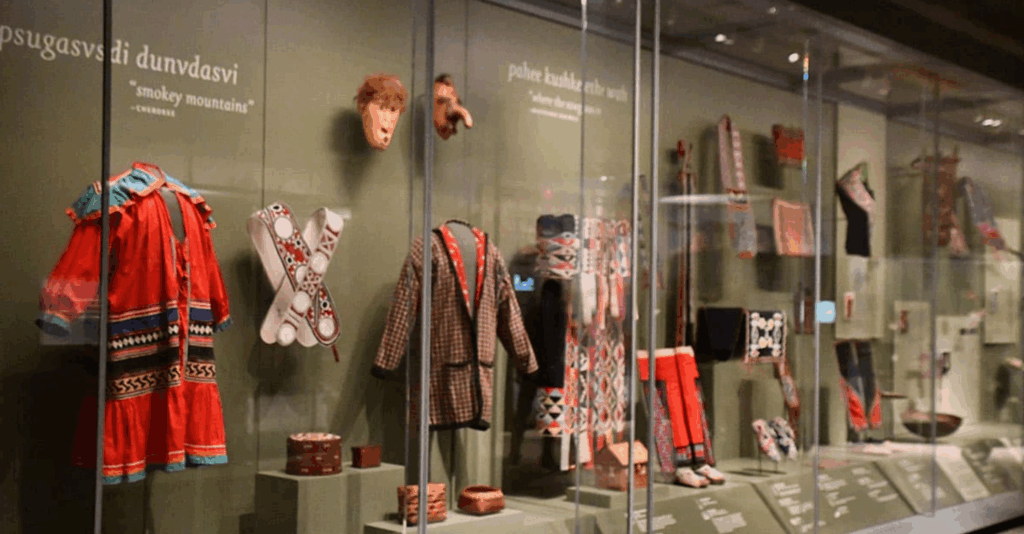
Permanent Exhibitions
“Infinity of Nations: Art and History in the Collections of the National Museum of the American Indian”
Opened in 2010, this major permanent exhibition features over 700 objects from across the Americas, organized by geographic region — from the Arctic to South America.
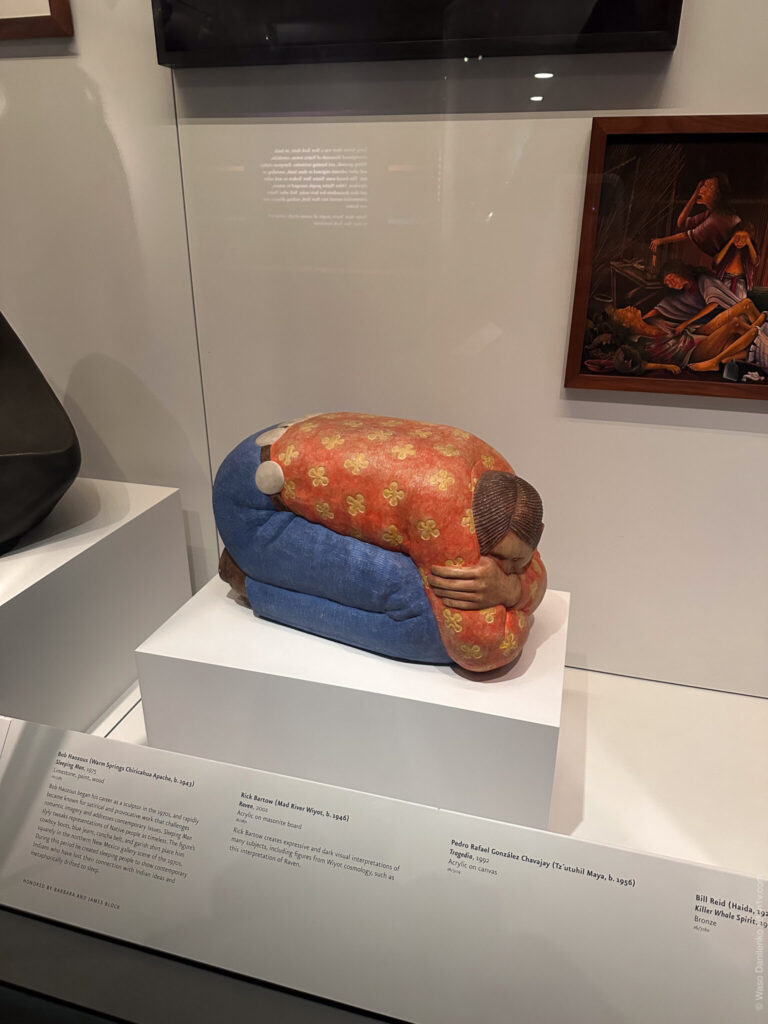
Temporary Exhibitions
- “Stretching the Canvas: Eight Decades of Native Painting” — showcasing the evolution of Native painting in the 20th and 21st centuries.
- “Transformer: Native Art in Light and Sound” — dedicated to contemporary digital and media art.
- “Native New York” — exploring the history of Indigenous peoples in the New York region.
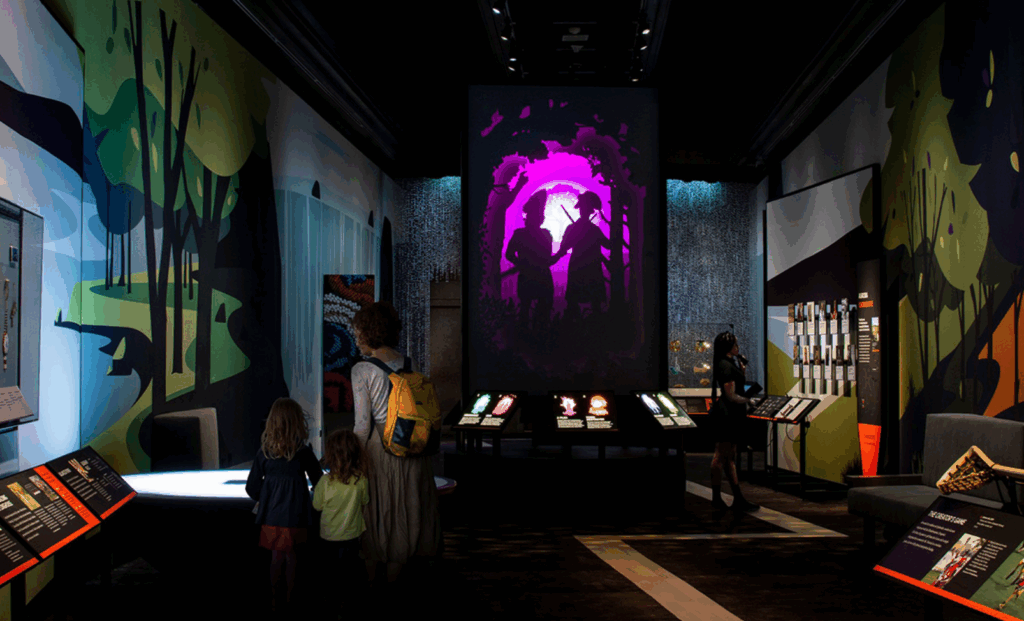
Visitor Information
Website: www.americanindian.com
Address: 1 Bowling Green, New York, NY 10004
Admission: Free
